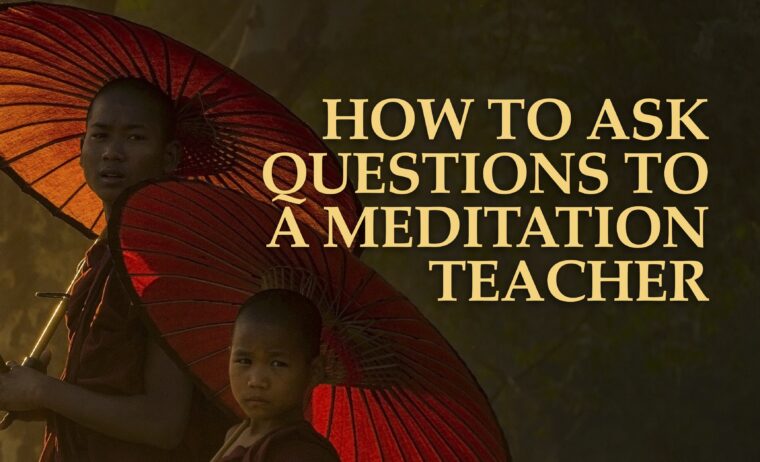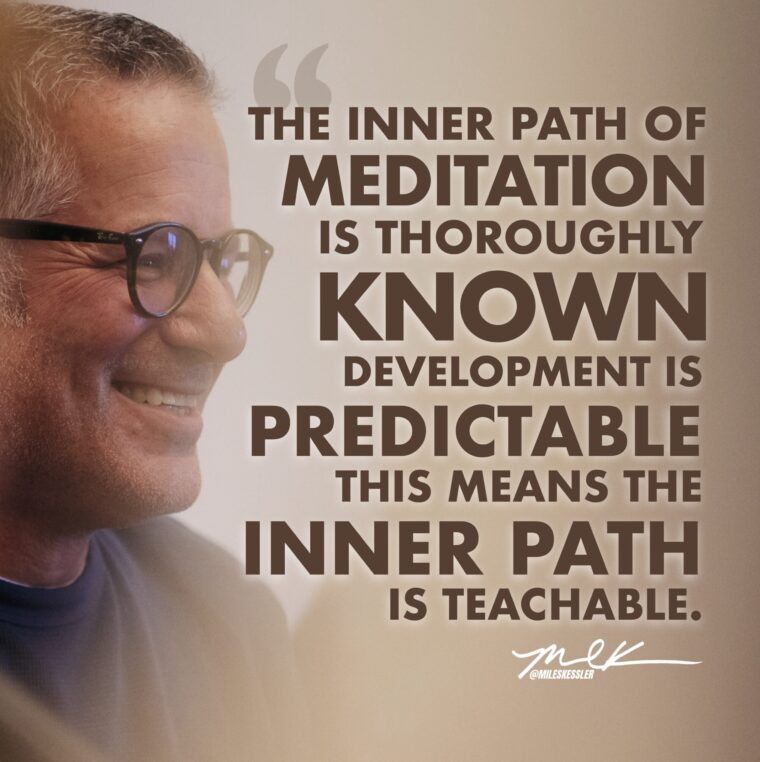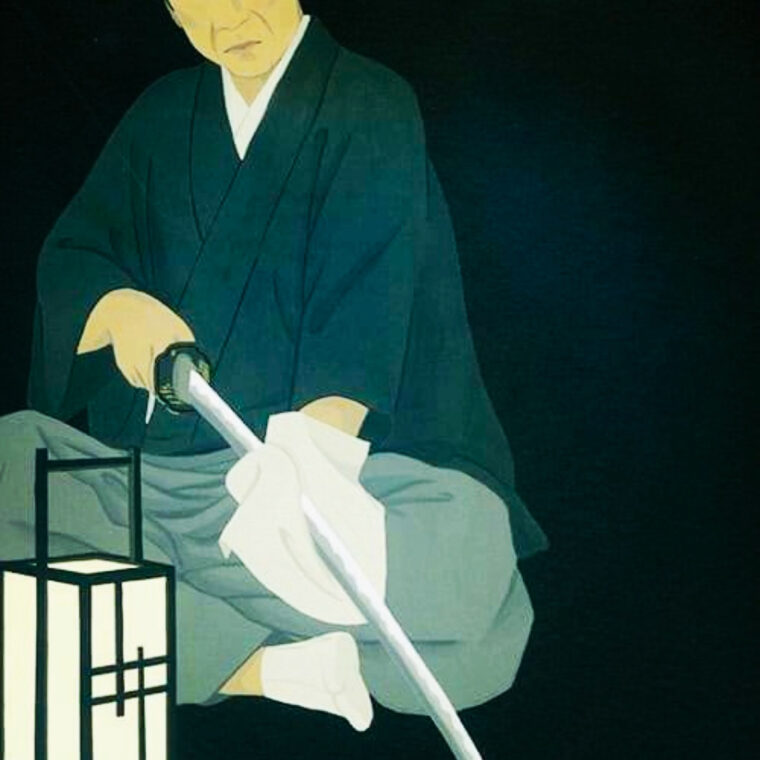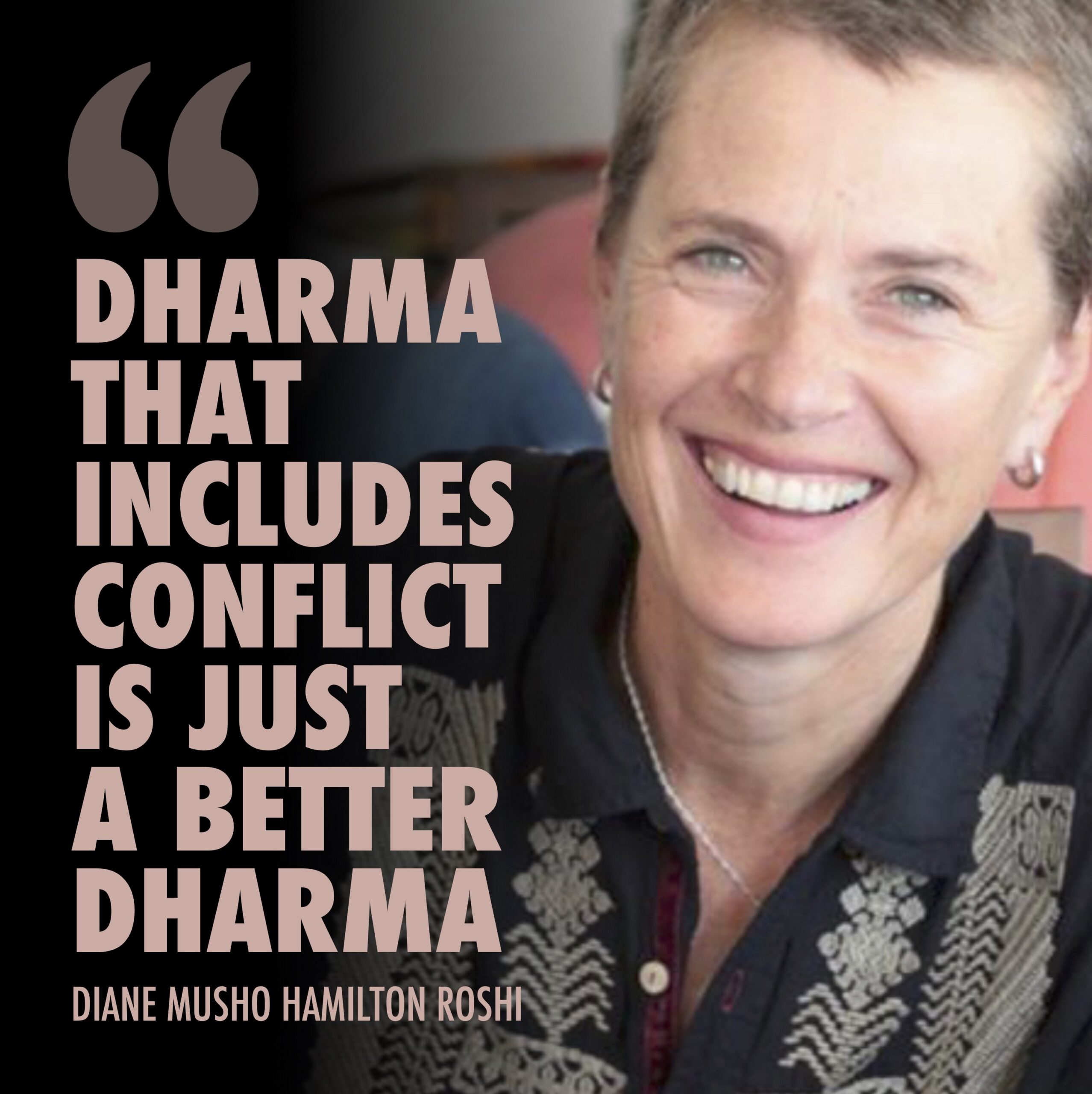In Zen Buddhism, the practice of “Koan Study” is meant to give the practitioner a transpersonal experience by exhausting the mind with an unanswerable riddle. But what happens when you insert koan practice into our experience of conflict?
Category Archives: Uncategorized
The Inner Path Of Meditation Is Predictable
This Means That It Is Teachable
The 3 Stages Of Japanese Sword Crafting
And how it relates to your personal development!
Meditation, Reflection, & Intention For The New Year
Moving Into 2025
When transitioning from one year to the next, it’s good to assess what aspects of your life would you like to leave behind, what would you like to carry forward, and what would you like to awaken in the new year. Most importantly, where are you at this very moment, and how does this facilitate the transition?
On Dec. 20th, I facilitated an end-of-year community meditation with our community. In this session, I spoke about how transitions apply to the Tibetan Buddhist teaching of rebirth consciousness. In this teaching, it is said that what we carry forward into our next rebirth is the totality of our karma and the totality of our wisdom.
Based on this talk, we did a reflection practice on where we’ve been, a mindfulness exercise to ground in the present, and a guided meditation to set intentions for the coming year. You are invited to join this practice by watching the replay below.
A Dharma That Includes Conflict Is Just A Better Dharma
Diane Musho Hamilton Roshi
Getting To The Essence Of Things
Diane Musho Hamilton & Miles Kessler
SANGHALIVE – DAILY ONLINE MEDITATIONS
Meditation In A Time Of Crisis - Oct. 30th - Nov. 3rd, 2023
Meditation In A Time Of Crisis – As the world spirals into yet another all too frequent crisis, we are once again confronted with the truth of our basic human fragility. At times like these, when confronted with our human vulnerability it is not uncommon to be overcome by insecurity, anxiety, and fear. Now more than ever, it’s important to rely on your Dharma practice as a refuge. Not as a practice of liberation that gives you refuge FROM the world, but rather as one that gives you refuge IN the world.
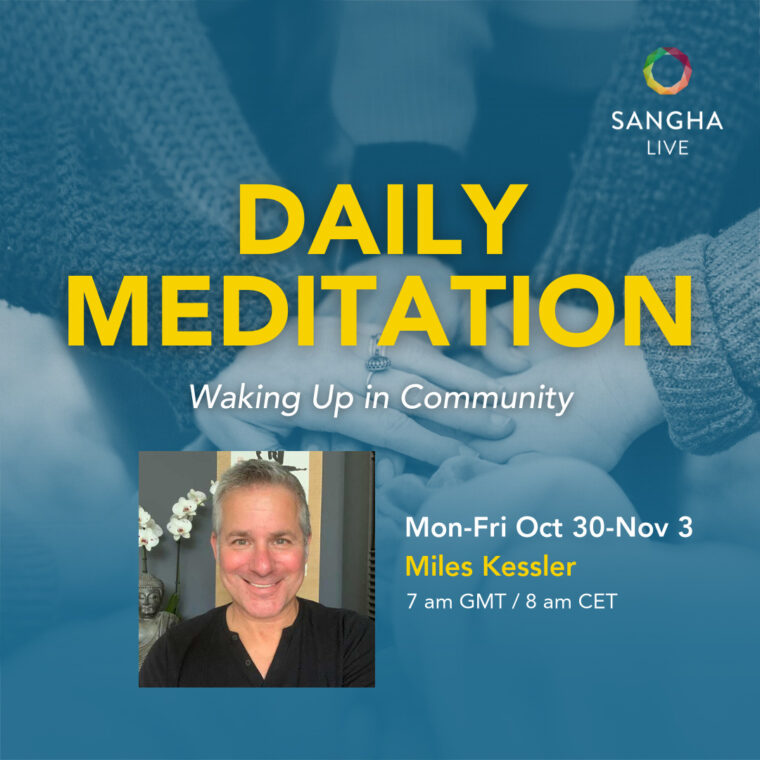
Wicked Problem Conversation: Israel/Palestine… WTF!
Making Sense In An Increasingly Polarized World
The 3 Transformational Keys To Insight Meditation
Anicca, Dukkha, & Anatta
Vipassana meditation is usually translated as “Insight Meditation” because the practice quite naturally triggers off a process of purification that develops progressively through stages of insight knowledge. With each stage, a meditator incrementally gains insight into the Dhamma or the ultimate reality. Thus “Insight Meditation”.
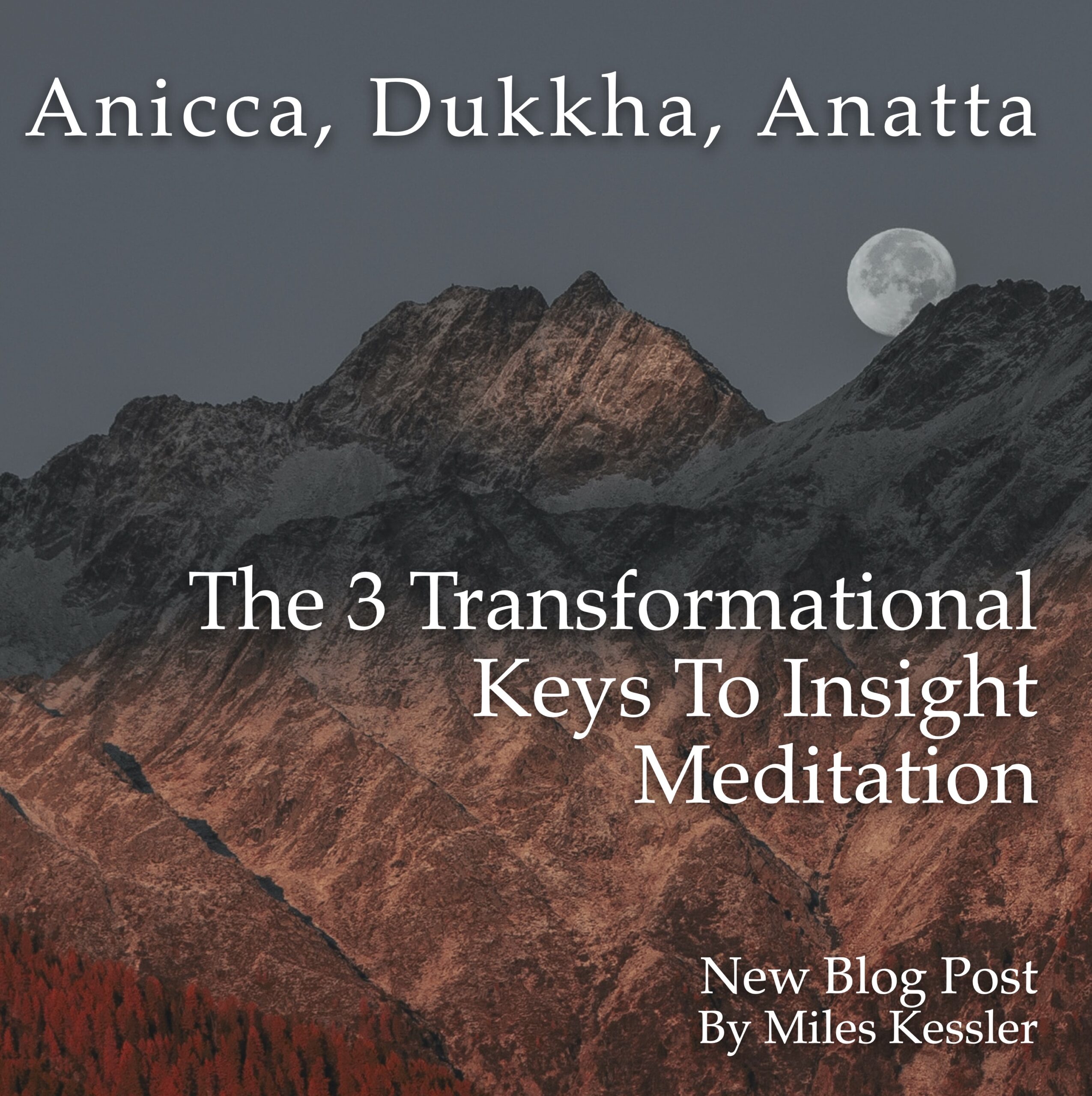
How Ask Questions To A Meditation Teacher?
Some Pointers For Discussing The Dharma
The following question was recently addressed to the teachers in the Sangha Live community forum: Do you have any advice about how best to interact directly with a teacher, e.g. in one-on-one meetings during a retreat or even in the question period during daily practice? When I’m given the chance to meet with a teacher, I sometimes feel awkward and don’t know what to say. It seems important not to miss the opportunity. How should students be thinking about questions for the teacher?
